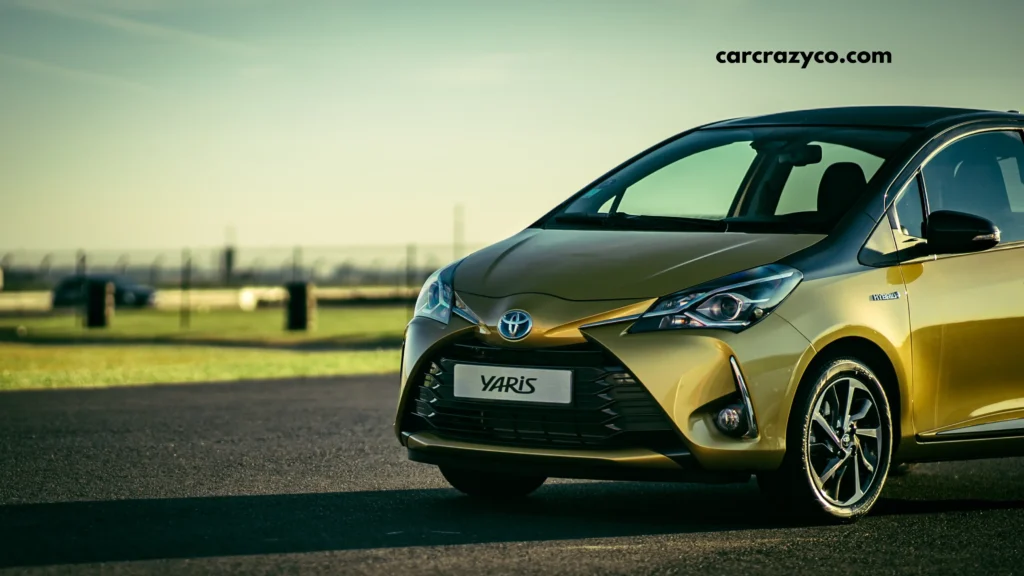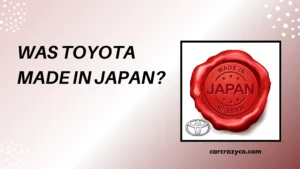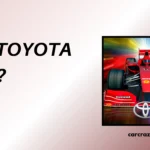Long before Toyota became a symbol of reliability, innovation, and global success, it started as a small company in Japan, focused not on cars, but looms. Yes, Toyota’s story began not on highways but in factories, with a vision far greater than just transportation. That humble beginning would later transform the automotive world forever.
Understanding when and how Toyota was founded is not just about knowing a date — it’s about exploring the roots of excellence that shaped a global brand. In today’s fast-paced market of electric cars and AI-driven vehicles, Toyota’s journey shows how tradition and vision can build something timeless. It’s more than just history; it’s a lesson in resilience and progress.
So, why does this matter to you today? Because behind every reliable Toyota Corolla or Camry is a story that began nearly a century ago — a story of hard work, smart innovation, and staying ahead of change. Let’s go back in time and uncover how Toyota became the giant we know today.
Contents
The Birth of Toyota – A 5-Part Journey
1. The Roots in Weaving, Not Wheels
Toyota began in 1933 as a division of Toyoda Automatic Loom Works, a company famous for industrial textile machinery. It was founded by Kiichiro Toyoda, the son of inventor Sakichi Toyoda, who believed in pushing technology forward.
Kiichiro had a vision of moving into the automotive industry, which was just starting to bloom in Japan. Using profits from loom sales, he funded what would become Toyota Motor Corporation, planting seeds of automotive excellence.
This early connection to loom manufacturing built a culture of precision, efficiency, and innovation — values that still define Toyota today.
2. Official Foundation of Toyota Motor Company
Toyota Motor Corporation was officially founded on August 28, 1937, in Aichi Prefecture, Japan. The name was changed from “Toyoda” to “Toyota” because it was simpler to pronounce and used eight strokes, a lucky number in Japanese culture.
This step marked the birth of a new era for Japan’s automobile market. Toyota quickly focused on developing homegrown vehicles to reduce reliance on foreign imports.
The company’s first passenger car, the Toyota AA, rolled out in 1936, symbolizing the transition from concept to real automotive production.

3. Post-War Recovery and Global Expansion
After World War II, Toyota faced financial hardship and was nearly shut down in the early 1950s. But by 1957, it made history by entering the U.S. market, launching the Toyota Crown.
Initial sales in America were weak, but Toyota listened, learned, and improved — leading to success with the Toyota Corolla in the 1960s. This marked the beginning of Toyota’s rise as a global automotive leader.
Toyota’s methodical approach to quality, efficiency, and customer satisfaction became a blueprint for modern car companies.
4. Innovations That Changed the Industry
Toyota didn’t just follow trends — it created them. It introduced the world to lean manufacturing with the Toyota Production System, cutting waste and improving productivity like never before.
In 1997, Toyota changed the game again with the Prius, the first mass-produced hybrid car, proving its leadership in eco-friendly technology. This innovation led the charge toward green mobility.
From hybrids to hydrogen, Toyota continues to invest in future tech while maintaining its core values of reliability and performance.
5. Toyota Today – A Legacy That Grows Stronger
Today, Toyota is one of the largest carmakers in the world, selling millions of vehicles across over 170 countries. It leads in areas like sustainability, AI, and autonomous driving, while still excelling in traditional craftsmanship.
The company’s headquarters remain in Japan, but it has global production hubs, including in the U.S., Europe, and Southeast Asia. Toyota is known not just for cars, but for shaping the future of transportation.
From humble beginnings in a loom factory to industry-defining technologies, Toyota’s journey continues to inspire generations.

Conclusion: Why Toyota’s Founding Still Matters Today
Toyota’s founding in 1937 wasn’t just the start of a company — it was the beginning of a global automotive revolution. From looms to luxury cars, Toyota has always been about innovation with purpose.
The story of its birth reveals how bold ideas and steady progress can shape the future, no matter how modest the beginning. Every time you drive a Toyota, you’re experiencing decades of evolution, design, and discipline.
Knowing when and how Toyota started gives us a better appreciation for what it is today — not just a car brand, but a symbol of quality, legacy, and vision. And its journey is far from over.
FAQs
1. When was Toyota officially founded?
Toyota Motor Corporation was founded on August 28, 1937, in Japan.
2. Who founded Toyota?
Kiichiro Toyoda, the son of Sakichi Toyoda, was the visionary behind Toyota’s creation.
3. Why is it called Toyota and not Toyoda?
The name “Toyota” was chosen for its simplicity, better sound, and because it uses eight strokes, a lucky number in Japanese.
4. What was Toyota’s first car?
The first passenger car was the Toyota AA, launched in 1936 before the company was officially formed.
5. How did Toyota start in the car industry?
Toyota began as a division of a loom company, using its profits to explore automotive manufacturing in the 1930s.
6. Why is Toyota important in the automotive world?
Toyota revolutionized car production with lean manufacturing, led hybrid innovation, and continues to set standards in quality and sustainability.








